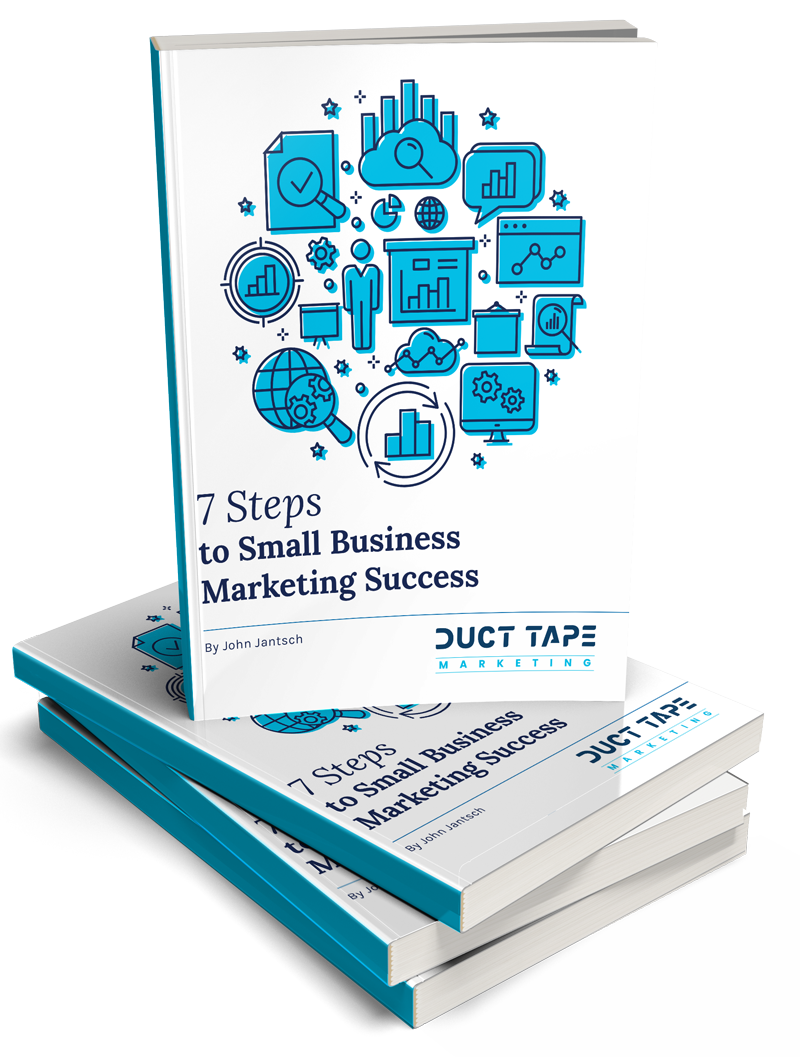We’re almost halfway through the year (what?!), which makes it a good time to start taking a look at what’s working as it relates to your SEO efforts so that you can plan accordingly moving forward. We’ve seen a lot of people increase their SEO budgets this year, which isn’t surprising, as it’s a significant piece of your marketing puzzle.
Here are the SEO tactics that seem to be working thus far.
Master keyword research
The importance of keyword research hasn’t changed over the years, but how we approach them has.
Your keyword strategy is the driver behind your content efforts (and in turn, your SEO efforts). Keywords should be used to identify user intent and search behavior.
Focusing your content on long-tail keywords gives you a better chance to match the intent of the person searching for you.
I’ve been using my keyword research to help me identify content hub themes every month.
Content hubs are fully foundational pages that have tremendous amounts of value about what the theme is, with blogs and other resources that people can click through to for further information.
I not only have internal pages driving back to this one hub page, I also include links to external, high-quality content on the page that can also be linked back to the hub page.
With so many pages driving to one another, you’ll start to gain a lot of trust and authority from Google, which will help your SEO efforts.
Think about the context of your content
As many marketers know at this point, Google’s primary job is to provide people with an excellent user experience, and because of this, they want to make sure their users get the best possible content provided to them based on the search criteria they’re looking for.
Gone are the days that you can just skim over a given topic. Today, you must take a deep dive into what you’re trying to cover so that a user can get all of the information they’re looking for in one place.
I’ve seen people say your post needs to be 2,000 words to be effective, however, I say use as many words as necessary to get your point across thoroughly. What’s worse than not hitting 2,000 words, is rambling on about nothing for the last 1,000 of those words. Think quality over quantity.
Focus on link-building
When I talk to marketers I often hear that one of their biggest challenges is link building, and because of this, putting a strong effort towards it is often put on the backburner, but this is a big problem.
Although rules and tactics have changed over the years, the heart of SEO still revolves around content and links. Without great content, you’ll never get links, so if you’re looking for a place to get started, create that amazing content. By creating linkable assets, you’ll be able to attract backlinks from other sites that want to link to that content.
Now, don’t forget internal links either. Linking to other content on your site can also help boost your SEO and it’s a low hanging fruit to grab onto.
Improve CTR
What you find on Google’s search engine results pages has changed over the years with different types of ads, answer boxes, and so on (that’s as of today, who knows what will show up tomorrow).
With so many places to click through to, it’s no wonder that click-through rates (CTR) on SERPs has declined for companies over the past few years.
So, how do you avoid this? Master the art of developing CTAs and copy that scream to be clicked on. This applies to ad copy as well as copy that shows up in your organic posts (such as the copy that can be found in your page titles and meta descriptions).
Optimize for mobile
Have you heard of Google’s mobile-first index? It’s exactly how it sounds. Google is now ranking search results based only on the mobile version of the page as opposed to taking both mobile and desktop versions into consideration. This makes sense from a customer experience standpoint as the majority of Google searches are done on a mobile device these days.
This is not good news for people who have put the majority of their time and effort towards desktop functionality.
Moral of the story is if your website isn’t mobile optimized, you’re going to take a hit when it comes to SEO. Some people think they can get by with their website being technically mobile friendly, but that doesn’t mean it’s perfectly optimized. Keep your visitors’ experience in mind and make sure the mobile version provides the best one possible. It will increase your odds to get found on search.
Use video and other visual elements
According to Cisco, online video will make up 80% of all online traffic by 2021. That number is startling, but does it really surprise you? It’s hard to ignore video, this medium can be so engaging!
So, while us marketers have been talking about video for years now, it’s time to really get serious about it.
Seems like a foreign concept? Start with YouTube! Not only is it easy to use and embed on your site, YouTube is the world’s second largest search engine and it’s owned by Google, which, from an SEO standpoint is a major plus (have you started seeing YouTub videos appear in Google Image search yet?).
In addition to video, be sure to include relevant and intriguing images on your site to help break up the written content on a page. Check your image file size to make sure it isn’t too large as that could slow down your site speed (a red flag for Google).
Be a guest on a podcast
I talked about this topic earlier this year but believe in the power of it, so I thought I’d revisit the topic, although you don’t commonly hear about it as a best practice for SEO. Here are a few of the benefits you’ll receive by being a guest on a podcast:
- Access to a highly engaged audience
- Easier than writing guest blog posts
- You’ll establish real emotional connections
- It becomes a highly shareable piece of content
- You’ll gain credibility
- Potential for online reviews
Combine the points above and you’ll create a recipe for SEO success.
Keep things fresh
Google wants to see that your site is active. In lieu of constantly posting new content, figure out ways to re-purpose existing content as well as ways to update that content. This can really help your SEO efforts without always having to reinvent the wheel.
Seems like a lot? It is, but don’t forget you have the ability to outsource these tactics to a specialist if you don’t think they can get done in-house.
Are you implementing the tactics mentioned above? What are you struggling with the most? What tactics are you seeing success with?
Need more tips on search engine optimization? Check out our entire Guide to SEO.



